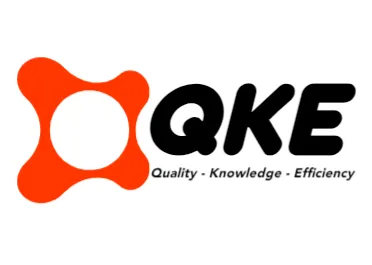A track and trace system in pharma packaging is a specialized mechanism that monitors the movement of pharmaceutical products across the supply chain. It assigns unique identifiers, like QR codes or 2D DataMatrix, to each package for precise tracking. This ensures product authenticity, combats counterfeits, and enhances patient safety by enabling swift recalls. The system integrates technologies such as scanners and software for data management. Exploring further reveals deeper insights into its benefits and challenges.
Key Takeaways
- A track and trace system monitors pharmaceutical products throughout the supply chain using unique identifiers.
- It ensures patient safety by preventing counterfeit and substandard medicines.
- Unique codes like QR or 2D DataMatrix are applied to each package for tracking.
- It enhances recall efficiency by quickly identifying compromised products.
- Systems comply with regulations like US DSCSA and EU FMD for global standards.
Understanding Track and Trace in Pharma Packaging
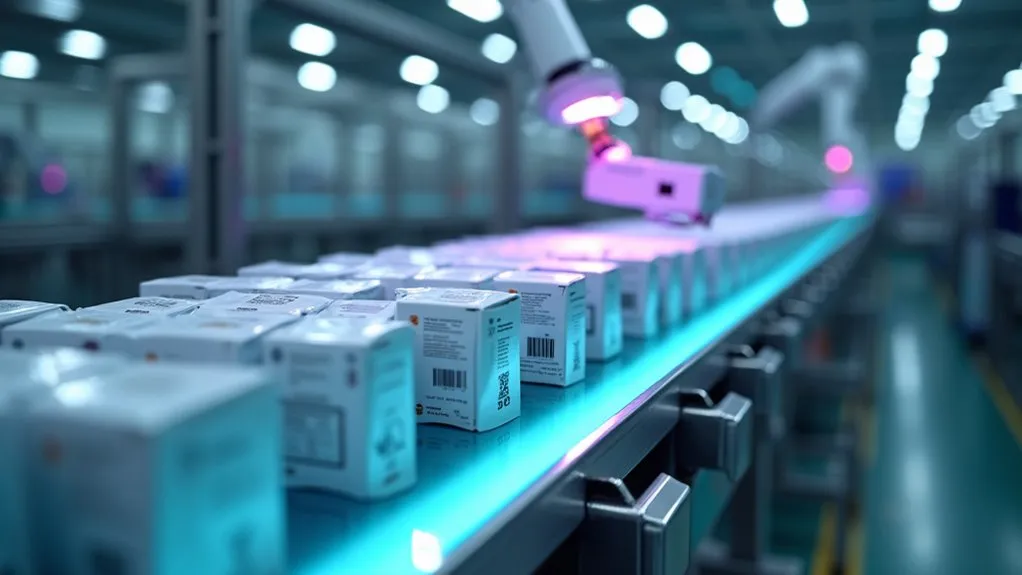
The track and trace system in pharma packaging represents a critical framework designed to monitor the movement of pharmaceutical products throughout the supply chain. By assigning unique identifiers to each drug package, it enables precise tracking of forward movement and tracing of historical paths from manufacturing to end-user. This system safeguards patient safety by combating counterfeit and substandard medicines, ensuring authenticity and efficacy.
Global Adoption of track and trace systems has accelerated, driven by stringent regulations like the US DSCSA and EU FMD, which mandate traceability to secure supply chains. Case Studies from various regions highlight successful implementations, demonstrating enhanced visibility and reduced illicit trade. These initiatives improve transparency for stakeholders and facilitate targeted recalls when needed. By leveraging technologies such as barcodes, the system strengthens supply chain integrity, protects public health, and streamlines compliance, establishing trust and efficiency across the pharmaceutical industry worldwide. Additionally, this system enhances recall efficiency by enabling swift identification and isolation of compromised products recall efficiency enhanced.
Key Components of Track and Trace Systems
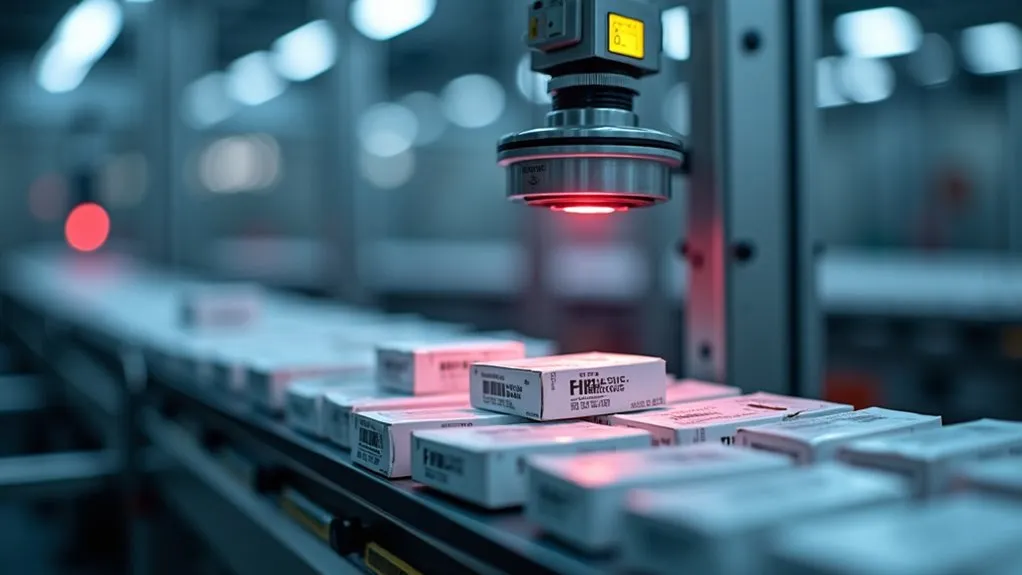
Delving into the architecture of track and trace systems reveals a sophisticated interplay of components critical for ensuring pharmaceutical supply chain integrity. These systems rely on precise Serialization Methods to assign unique identifiers, such as QR codes or 2D DataMatrix, to each drug package, embedding data like batch numbers and expiration dates. Hardware, including printers and scanners, applies and verifies these codes, while software at various levels manages operations and data flow.
Key elements vividly illustrate this complexity:
- Printers and Labeling Machines: Inkjet printers etch unique codes onto packages, ensuring traceability from production to patient.
- Scanners and Cameras: High-resolution vision systems scrutinize codes, guarding against counterfeits on bustling production lines.
- Software Platforms: Enterprise-level systems orchestrate data across sites, seamlessly linking operations.
Secure Data Protocols, like EPCIS, facilitate standardized, safe information exchange among stakeholders, fortifying the supply chain’s robustness and compliance.
Benefits of Implementing Track and Trace Technology
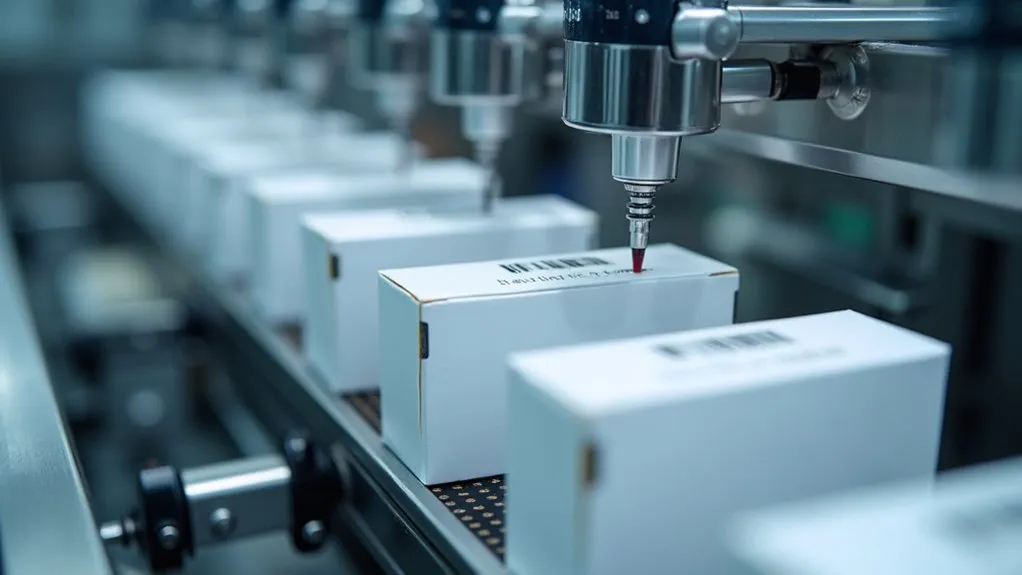
Observing the intricate components of track and trace systems naturally leads to an exploration of their tangible advantages in pharmaceutical packaging. These systems deliver significant Efficiency Gains by optimizing inventory management, reducing manual errors, and providing real-time data on product movement, thus minimizing delays and operational costs. Simultaneously, Safety Improvements are evident as unique identifiers prevent counterfeit drugs from entering the supply chain, ensuring only genuine products reach patients while reducing risks of medication errors.
The following table highlights key benefits:
| Benefit Area | Impact |
|---|---|
| Supply Chain Visibility | Real-time tracking reduces inefficiencies |
| Counterfeit Prevention | Unique codes block fraudulent products |
| Patient Safety | Ensures genuine drugs, avoids errors |
| Operational Efficiency | Streamlines inventory and documentation |
| Regulatory Compliance | Meets global standards, aids recalls |
These advantages collectively enhance security, compliance, and trust across the pharmaceutical supply chain, safeguarding both operations and consumers.
Challenges and Future Developments in Track and Trace
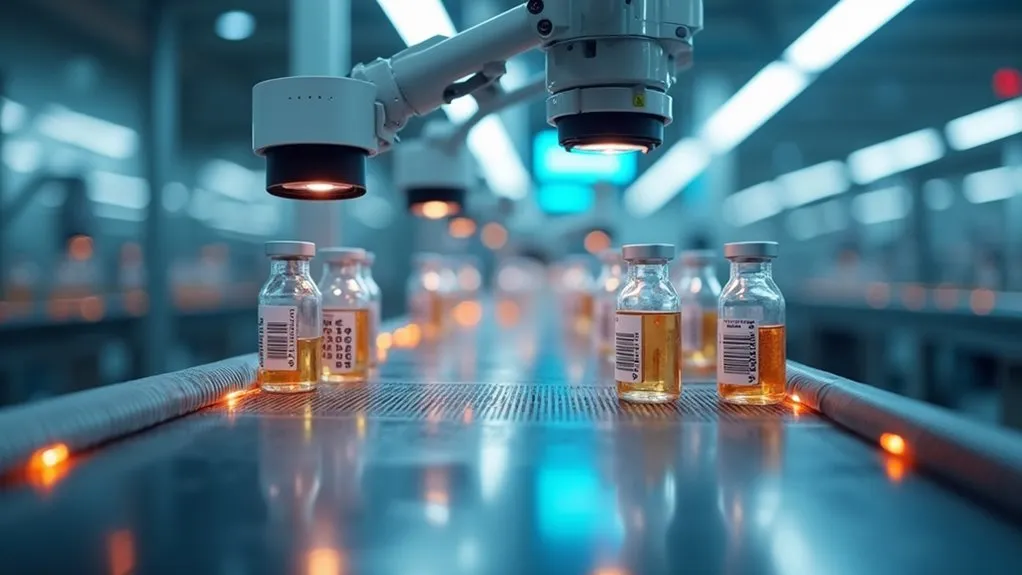
How do track and trace systems in pharmaceutical packaging navigate the complex landscape of implementation and innovation? These systems face significant hurdles, including Serialization Challenges such as diverse global regulations, system integration issues with existing IT infrastructure, and the high costs of compliance and maintenance. Data security and stakeholder coordination further complicate deployment, while operational disruptions pose risks during implementation.
Looking ahead, technological advancements offer promising solutions. Consider the following future developments:
- AI-Driven Insights: Predictive analytics identifying supply chain shortages before they occur.
- IoT Connectivity: Real-time tracking of drug conditions like temperature during transit.
- Blockchain Applications: Secure, tamper-proof records ensuring transparency across global networks.
These innovations, including Blockchain Applications, aim to enhance traceability and trust. However, scalability and harmonization of standards remain critical barriers. As regulations tighten and digital tools evolve, the industry must balance compliance with cutting-edge integration for a resilient future.

 Tiếng Việt
Tiếng Việt 日本語
日本語 中文 (中国)
中文 (中国) 한국어
한국어